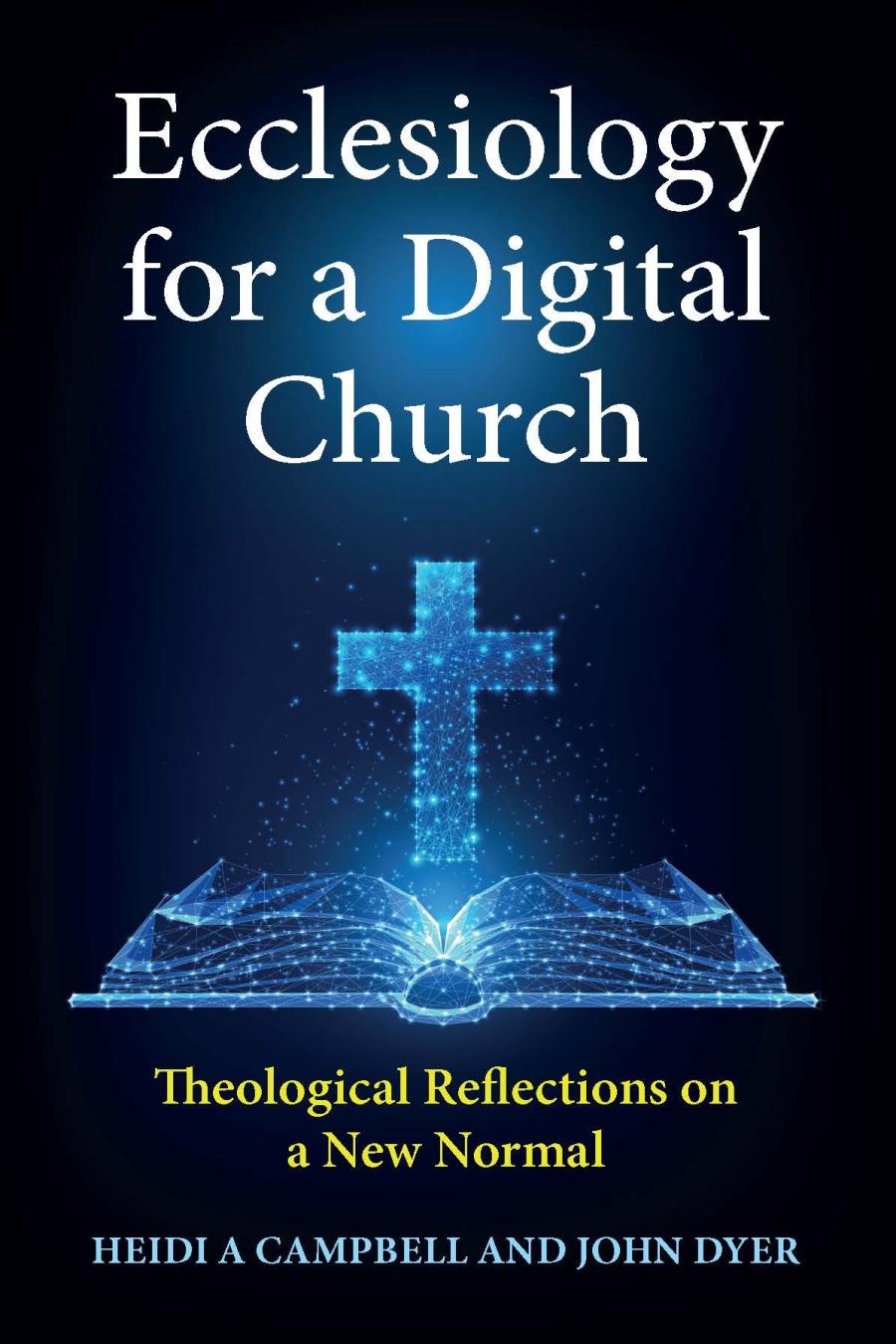

Most ebook files are in PDF format, so you can easily read them using various software such as Foxit Reader or directly on the Google Chrome browser.
Some ebook files are released by publishers in other formats such as .awz, .mobi, .epub, .fb2, etc. You may need to install specific software to read these formats on mobile/PC, such as Calibre.
Please read the tutorial at this link: https://ebookbell.com/faq
We offer FREE conversion to the popular formats you request; however, this may take some time. Therefore, right after payment, please email us, and we will try to provide the service as quickly as possible.
For some exceptional file formats or broken links (if any), please refrain from opening any disputes. Instead, email us first, and we will try to assist within a maximum of 6 hours.
EbookBell Team

4.0
66 reviewsCONTENTS:
Introduction: What does a conversation on digital ecclesiology look like?
Part 1. Theorizing the Digital Church
Exploring mediated "ekklesia": how we talk about church in the digital age
The church's online presence and ecclesial communion: virtual or real?
A practical challenge to ecclesiology and self-understanding of the Christian churches
A few new things under the sun: a sacramental approach to digital ecclesiology
Part 2. Learning from the Online Shift
Understandings of the church as revealed in quarantine: reimagining the people of God
Digital communication as theological productivity in a participatory church 'for and with all': empirical thoughts and ecclesiology reflection
Locked down but not locked out: an African perspective on Pentecostalism and media in a pandemic era
Lockdown ecclesiologies: the limits and possibilities of enforced online first expressions
Part 3. New Digital Practices for the Future Church
Digital technology and mediating the "pneuma" in church outreach
Liturgy as persuasive technology: exploring liturgical practices in online worship
Ecclesiology of 'Do not stop them': children, creativity and connection
Beyond the live and zoomiverse: recognizing opportunities for spiritual connection outside live preaching/church
Conclusion: Themes of the digitized church